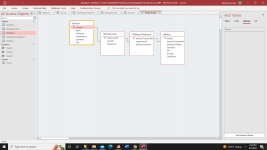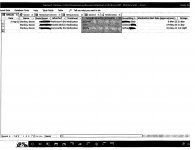- Local time
- Today, 04:32
- Joined
- Feb 19, 2013
- Messages
- 17,093
you have 3 records in your spreadsheet one with a name and two blanks - so distinct provides one name and one blank, you need to exclude the blank.
I'm going to drop out at this point, simply because it is not the way I would do it (I've already suggested what needs to be done and the original format was much easier from a data import perspective), the input format has changed and I can see other issues down the line because of those blanks.
Good luck with your project, but it is going down a path I don't want to follow
I'm going to drop out at this point, simply because it is not the way I would do it (I've already suggested what needs to be done and the original format was much easier from a data import perspective), the input format has changed and I can see other issues down the line because of those blanks.
Good luck with your project, but it is going down a path I don't want to follow


